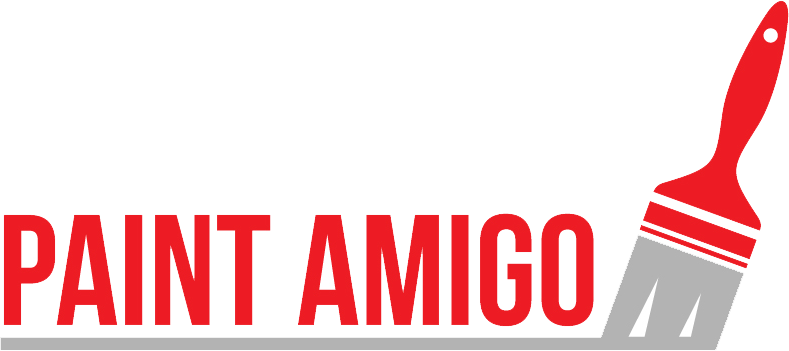Safety is the most important part of any project. Therefore, I created this respirator selection guide to improve safety at the work site. So, let’s look at what type of respirator would typically be used in a few common painting scenarios.
Respirator Selection Guide: What To Use In 5 Common Scenarios
1. Preparing drywall or latex paint
Any N95 or higher respirator can be used for preparing drywall. However, if you are preparing surfaces that contain lead-based paint, you must use a “100” class particle filter (i.e., N100 or P100).
2. Applying latex paints
A disposable respirator with a carbon layer will help filter out the odor associated with VOCs in paint. Also, for heavier applications of latex paint, consider a reusable respirator with an organic vapor cartridge. Additionally, if you are spraying, add a particulate prefilter to capture the mist.
3. Respirator selection guide for oil-based paints and stains, solvents and coatings
Consider a half or full facepiece with an organic vapor cartridge and particulate pre-filter.
4. Working with decorative or faux finishes
Faux finishes can include any number of chemical components, so consult the Safety Data Sheet (SDS) for chemical composition to choose a cartridge appropriate for the hazards.
Respirator Selection Guide For Abatement
5. Working with asbestos removal or mold remediation
Asbestos has its own substance-specific standard in the OSHA regulations and requires at a minimum a half-facepiece reusable respirator with a “100” class filter. Also, there are no government exposure limits for mold, but the EPA has guidelines for respiratory protection based on the level of contamination. So, visit the EPA website to review these guidelines.
So Amigos, do you recommend any other respirator tips for these common scenarios? Share below…
Also, check out Paint Amigo’s respirator recommendations below (Amazon affiliate links)…
No products found.
P.S. Download my free eBook The Profitable Painter. Click here.





